2004 Opel Trixx Concept by Coggiola
.png/v1/fill/w_320,h_320/file.jpg) Story Cars
Story Cars- Dec 9, 2024
- 2 min read
The 2004 Opel Trixx Concept, designed by Stefan Arndt and Martin Smith under the direction of Opel CEO Carl-Peter Forster, showcased innovative solutions for urban mobility. Built at Carrozzeria Coggiola in Italy, the Trixx was unveiled at the 2004 Geneva Motor Show as a compact city car designed to offer versatility, functionality, and clever space-saving features.
At just three meters long, the Trixx combined an asymmetrical door layout with advanced functionality. It featured three electrically powered pantograph doors, making access to both the cabin and the cargo space seamless. This layout also allowed for easy loading and unloading, ideal for urban environments where space is limited. One of the standout features of the Trixx was its "Flex 3" seating arrangement. This system could accommodate up to three adults and one child, or be transformed into a one-seater with a spacious 1,010-litre cargo area. The rear passenger seat was particularly innovative, being inflatable to save space when not in use. The seat could be inflated simply by pulling up the head restraint, making the Trixx highly adaptable to different needs.
In addition to the seating flexibility, the Trixx incorporated a rear pull-out luggage rack, a feature that became known as "Flex-Fix" and was later adopted into series production for the Opel Corsa and Antara. This clever cargo solution maximized space while maintaining the car’s compact dimensions.
Powered by a 1.3-litre diesel engine with common rail direct injection, the Trixx achieved a top speed of 70 mph (112.6 km/h). Despite its small size, the car was designed to be functional and efficient, offering practical solutions for city dwellers while maintaining a playful, modern aesthetic.
The Trixx was a significant influence on future Opel small-car designs, such as the 2007 Opel Agila, and demonstrated Opel's commitment to creative urban mobility solutions. Although an electric version of the Trixx was anticipated for 2009, it did not materialize. Nonetheless, the concept car left a lasting impact on compact vehicle design, particularly with its clever use of space and adaptable features.










































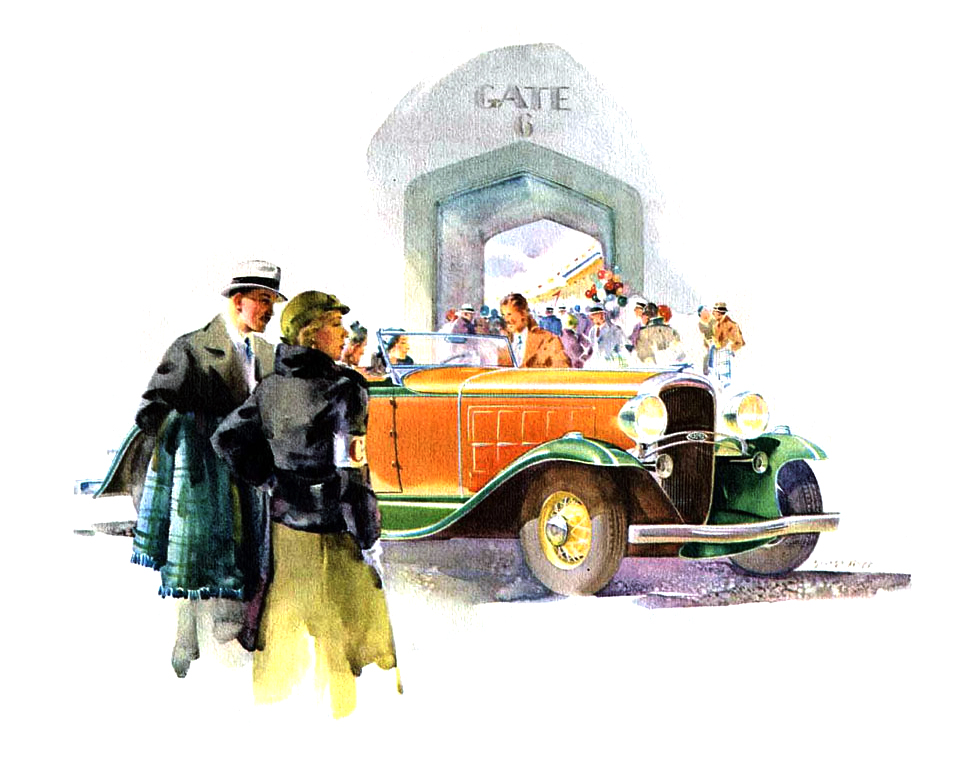
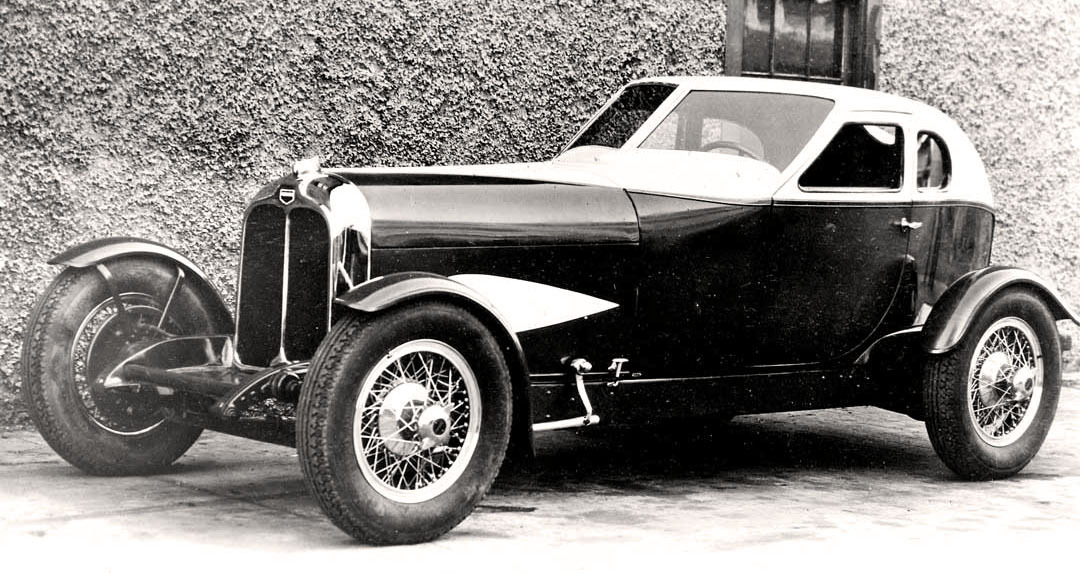
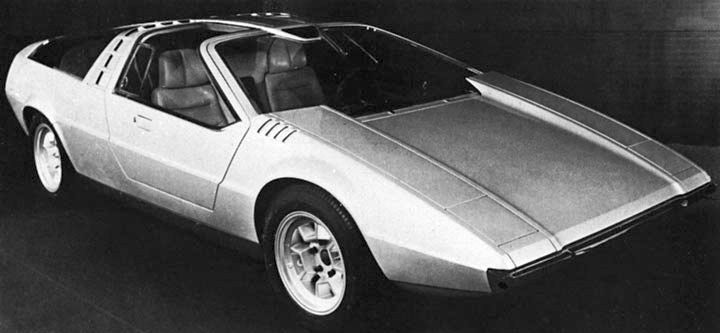






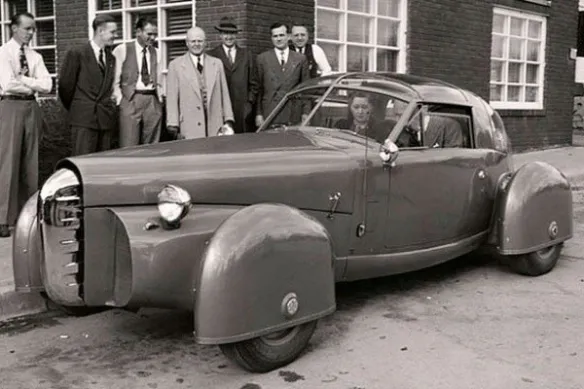



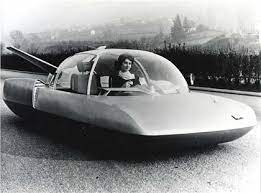

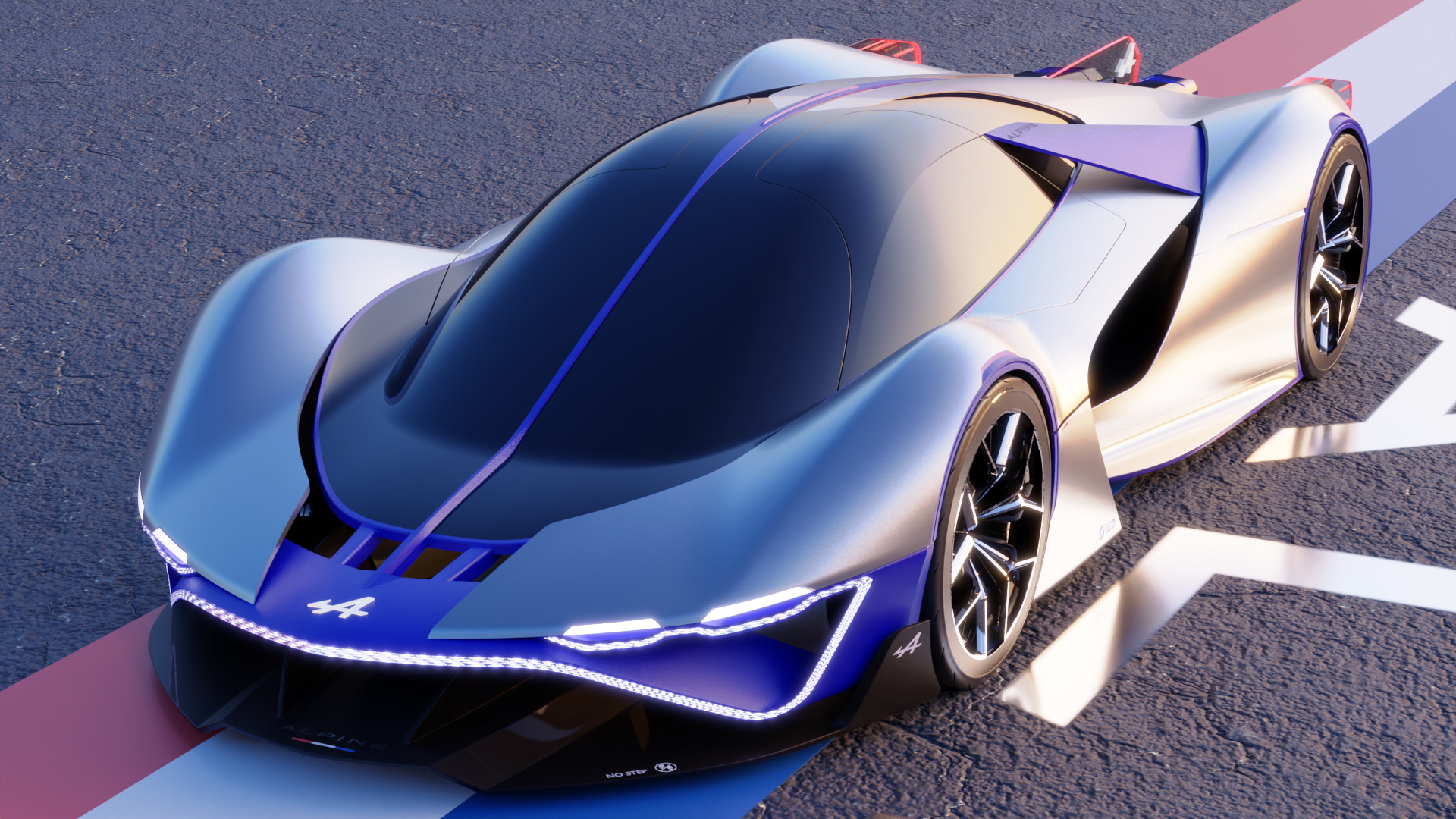
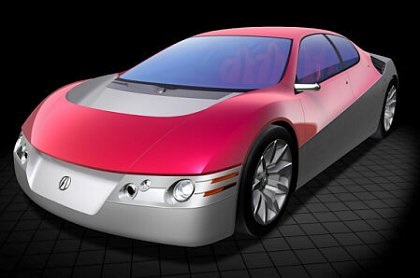

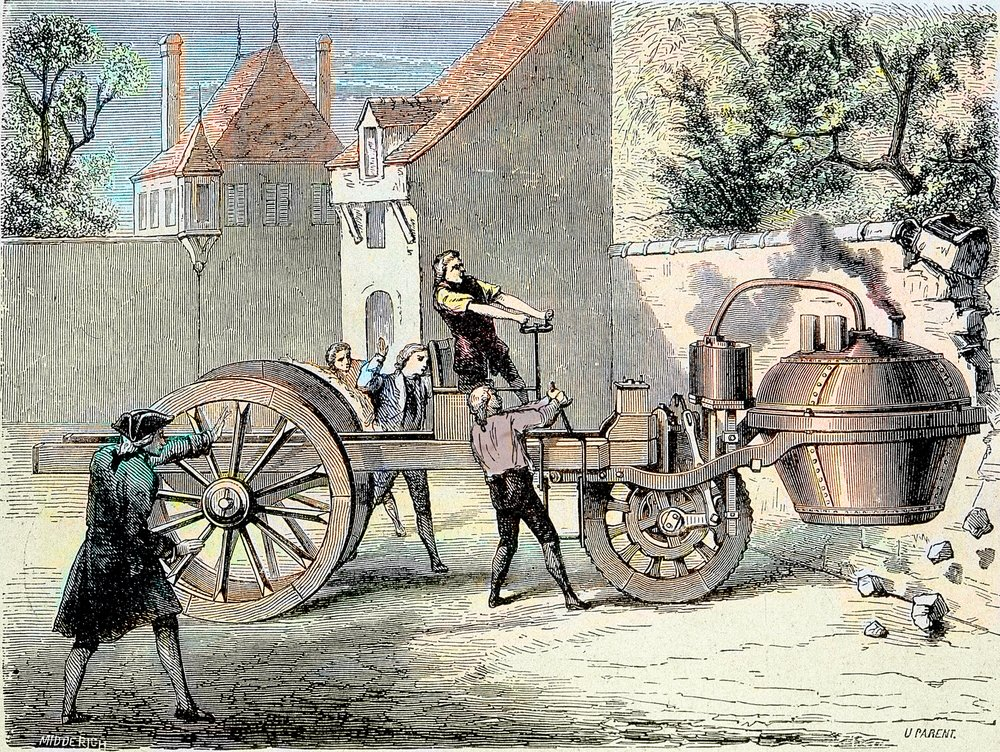
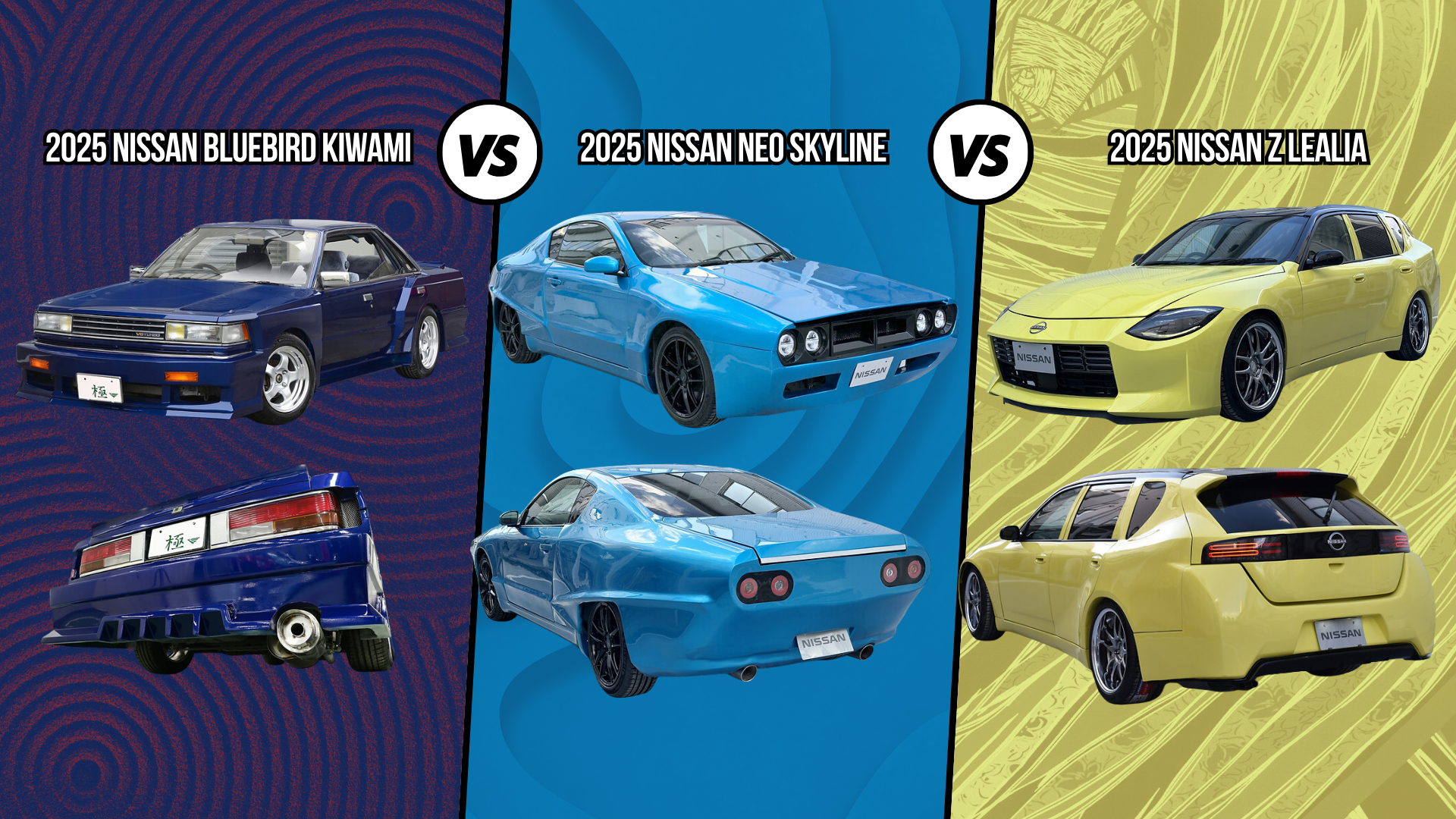

Comments